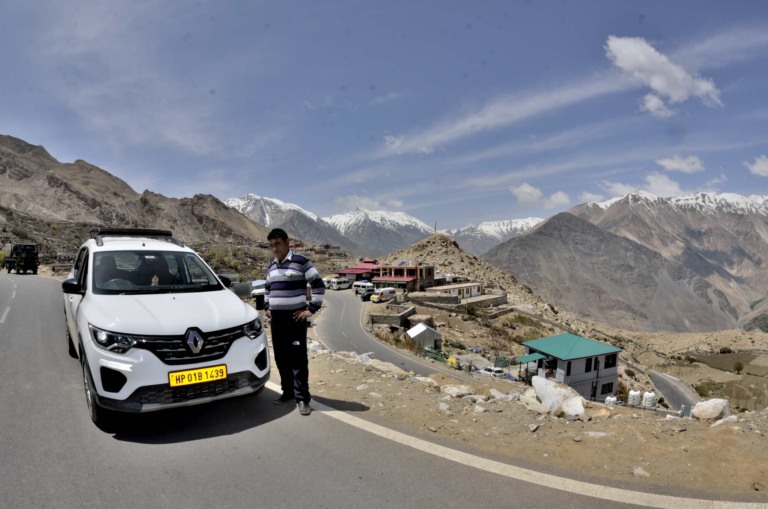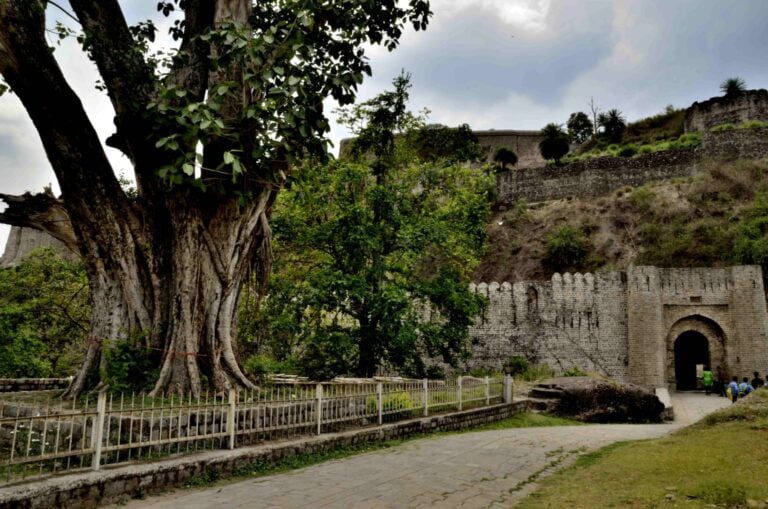Pin Valley National Park is situated in the Spiti Valley, within the Lahaul and Spiti districts of Himachal Pradesh, India. Nestled in the northern reaches of the country, this park boasts snow-covered landscapes and untouched slopes, providing a natural habitat for various endangered species, including the elusive Snow Leopard and the Siberian Ibex.
Pin Valley National Park
While the park is home to a diverse range of wildlife, it is the rare snow leopard that draws visitors from across India to witness this enigmatic creature. Approximately 12 big cats, along with other species such as the Siberian Ibex, Bharal, Weasel, Red Fox, Marten, Woolly Hare, Tibetan Gazzle, Himalayan Marmot, Blue Sheep, Himalayan Brown Bear, and Himalayan Black Bear, inhabit the park.
Found within the Himalayas, the park resides in the Spiti Valley, characterized as a desert region forming part of the Cold Desert Biosphere Reserve. Positioned south of Dhankar Gompa and near the Tibet border, the park serves as a geographical marker between the Lahaul and Spiti districts.
The park’s altitude ranges from over 6,000 meters at its highest point to about 3,500 meters. Influenced by Tibetan Buddhist traditions, evident in monastery architecture and daily life, Pin Valley National Park was established by India in 1987, covering an expansive area of 675 square kilometers.
Due to its elevated terrain and extreme temperatures, the park supports limited vegetation, primarily featuring alpine trees and Himalayan cedar groves (Cedrus deodara). During the summer, the park comes alive with the vibrant presence of various bird species, including the Himalayan snowcock, Chukar partridge, snow partridge, sparrows, and choughs.
Notably, Pin Valley National Park is recognized for its rich biodiversity, encompassing 22 rare and endangered medicinal plant species across ten different habitats. Aconitum rotundifolium, Arnebia euchroma, Ephedra gerardiana, Ferula jaeschkeana, and Hyoscymus niger, although endangered, play a crucial role in traditional medicine, emphasizing the delicate balance between conservation and utilization within this unique ecosystem.
Pin Valley Travel
Pin Valley is a remote and picturesque valley located in the cold desert region of Lahaul and Spiti district in Himachal Pradesh, India. Here are some key points about Pin Valley:
Geography
- Location: Pin Valley is situated in the Spiti Valley region of Himachal Pradesh.
- Altitude: The valley ranges in altitude from about 3,500 meters to 6,000 meters above sea level.
Accessibility
Road Access: The valley is accessible by road, usually via Manali or Shimla. However, the roads are often challenging and may be closed during the winter due to heavy snowfall.
Flora and fauna
Biodiversity: Pin Valley is known for its unique and diverse biodiversity. The valley is a part of the Cold Desert Biosphere Reserve.
Wildlife: The region is home to the rare Himalayan snow leopard, the Siberian ibex, and the elusive Himalayan blue sheep (bharal).
Protected Area: A significant portion of the Pin Valley has been declared as the Pin Valley National Park. It was established to conserve the unique flora and fauna of the region.
Landscape: The park features a stunning landscape with high mountains, glaciers, and the Pin River flowing through it.
Cultural Significance
Local Tribes: The valley is inhabited by the local ‘Bhotia’ tribes, who primarily follow Buddhism. The villages in the valley often have traditional Buddhist monasteries, stupas, and prayer flags.
Tourist Attractions
Kungri Monastery: This ancient monastery, believed to be around 1,000 years old, is an important religious and cultural site in the valley.
Demul is a picturesque village in the Pin Valley known for its traditional mud-brick houses and Buddhist heritage.
Lhalung Monastery: Though not in Pin Valley itself, Lhalung Monastery is in the nearby region and is another historic Buddhist site worth visiting.
Trekking
Trekking Routes: Pin Valley offers trekking opportunities for adventure enthusiasts. Popular treks include the Pin Parvati Pass trek that connects Pin Valley with the Parvati Valley.
Weather
Extreme Conditions: The weather in Pin Valley can be extreme, with very cold temperatures, especially during the winter months. Summers are short, and the area remains snow-covered for a significant part of the year.
For those seeking solitude, stunning landscapes, and a glimpse into the unique flora and fauna of the cold desert ecosystem, Pin Valley in Himachal Pradesh is a captivating destination. Travelers should be prepared for challenging terrain and varying weather conditions when planning a visit.
Pin Valley FAQ
Is it worth going to Pin Valley? It is mostly known for the Pin Valley National Park and the snow-covered, undiscovered higher peaks like Pin-Parvati Pass and Pin-Bhabha Pass. Pin Valley is different from other towns in Spiti Valley because it has a lot more greenery and plants.
What river runs through Pin Valley? The Pin River flows into the Spiti River southeast of Kaza. It starts in a beautiful valley in the Himalayas. About 15 km from Kaza, the road to Pin Valley splits off from the Tabo road.
Where do I go to get to Pin Valley? To take this path, you will need to take a bus from Shimla to Tapri. Take a bus from Tapri to Kaza. The Pin Valley National Park is 32 km up and 10 km away from Kaza. You can walk there. Shimla is the closest place with a train route, and Kullu is the closest place with air service.
How did Pin Valley National Park come to be? The area has a lot of influences from Buddhist Tibetan culture, both from the past and from the present. These influences can be seen in the architecture of the temples and stupas and in the daily lives of the locals and lamas. India set up the Pin Valley National Park in January 1987.
Is it hard to do the Pin Parvati Trek? The journey over the Pin Parvati Pass is hard. One of the reasons it’s hard is that you have to walk about 100 kilometers and reach over 17,000 feet in height. On this trip, there are a lot of tricky spots. If you push your body to that height without getting used to it, you could hurt yourself.
Why is Pin Valley well-known? This park is known for taking care of rare snow leopards, of which there are thought to be about twelve. Other species include the Ibex, Bharal, Red Fox, Marten, Weasel, Pika, Snow Cock, Bearded Vulture, Chukor, Golden Eagle, Griffon, Himalayan Chough, Raven, etc.
How high up is Pin Valley National Park? At its highest point, the park is more than 6,000 meters (20,000 feet) above sea level. Near Ka Dogri, it is about 3,500 meters (11,500 feet) high.
What kinds of birds live in Pin Valley? There are many kinds of birds in the park, such as the Himalayan Snowcock, Chukor, Golden Eagle, Griffon, Cough, Raven, Blue Rock Pigeon, Snow Pigeon, and more.
What is the name of the last town in Pin Valley? The last town in Pin Valley is Mudh, which is about 50 kilometers from Kaza. At Attargo Bridge, the road to Mudh splits off from the main road and goes through rough spots, rocky mountains, and rushing streams. On the way, there are a few towns, such as Gulling, Sagnam, Teling, etc.
Where in Spiti Valley is it coldest? The coldest place in Spiti Valley is Losar, where it gets so cold that even water pipes freeze.
Why is Spiti well-known? The Spiti Valley is known for its beautiful nature and rich history. One of the most well-known places in Spiti is the Tabo Monastery. Spiti monasteries are known for their beautiful paintings, old temples, and many stupas.


